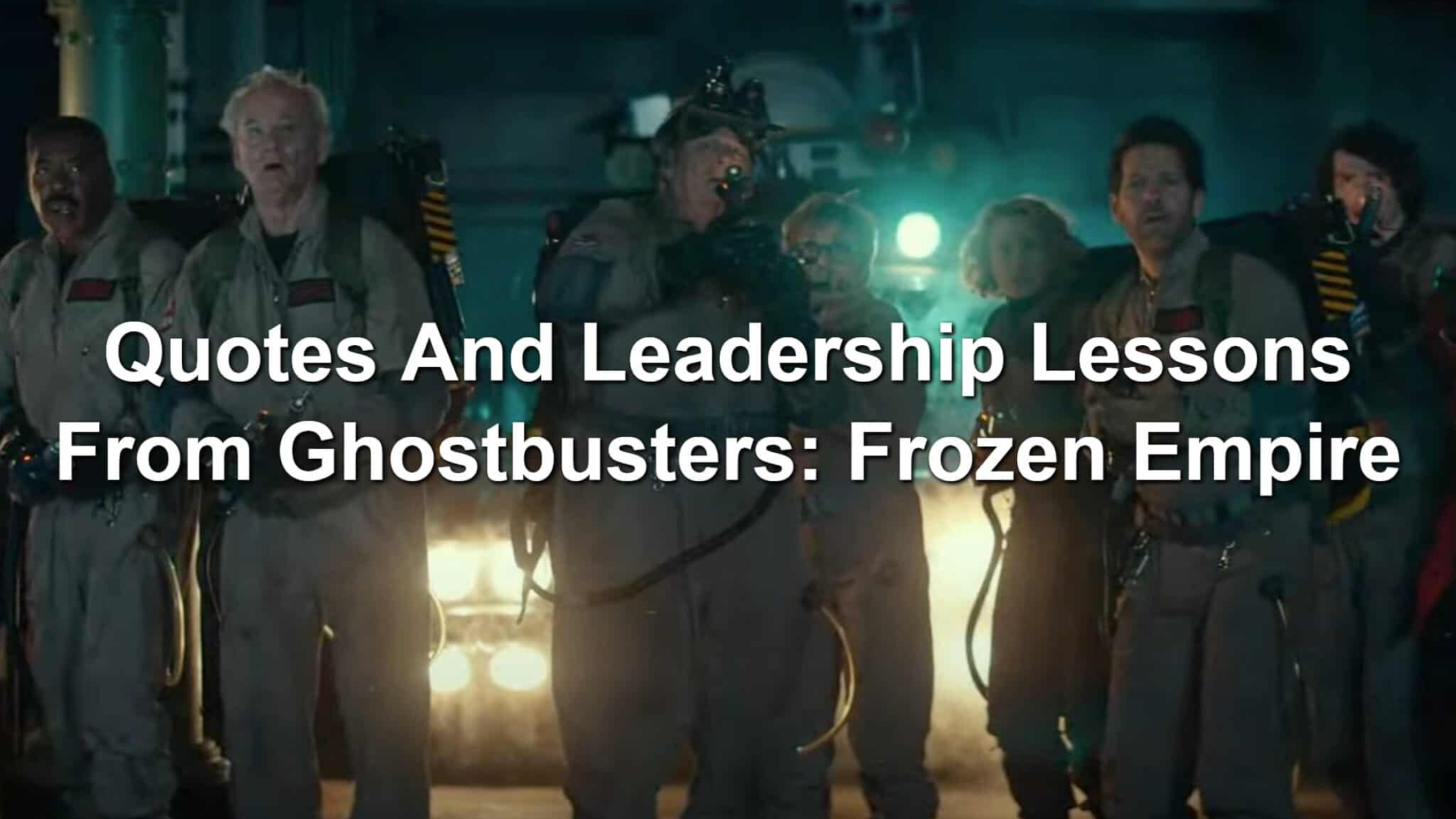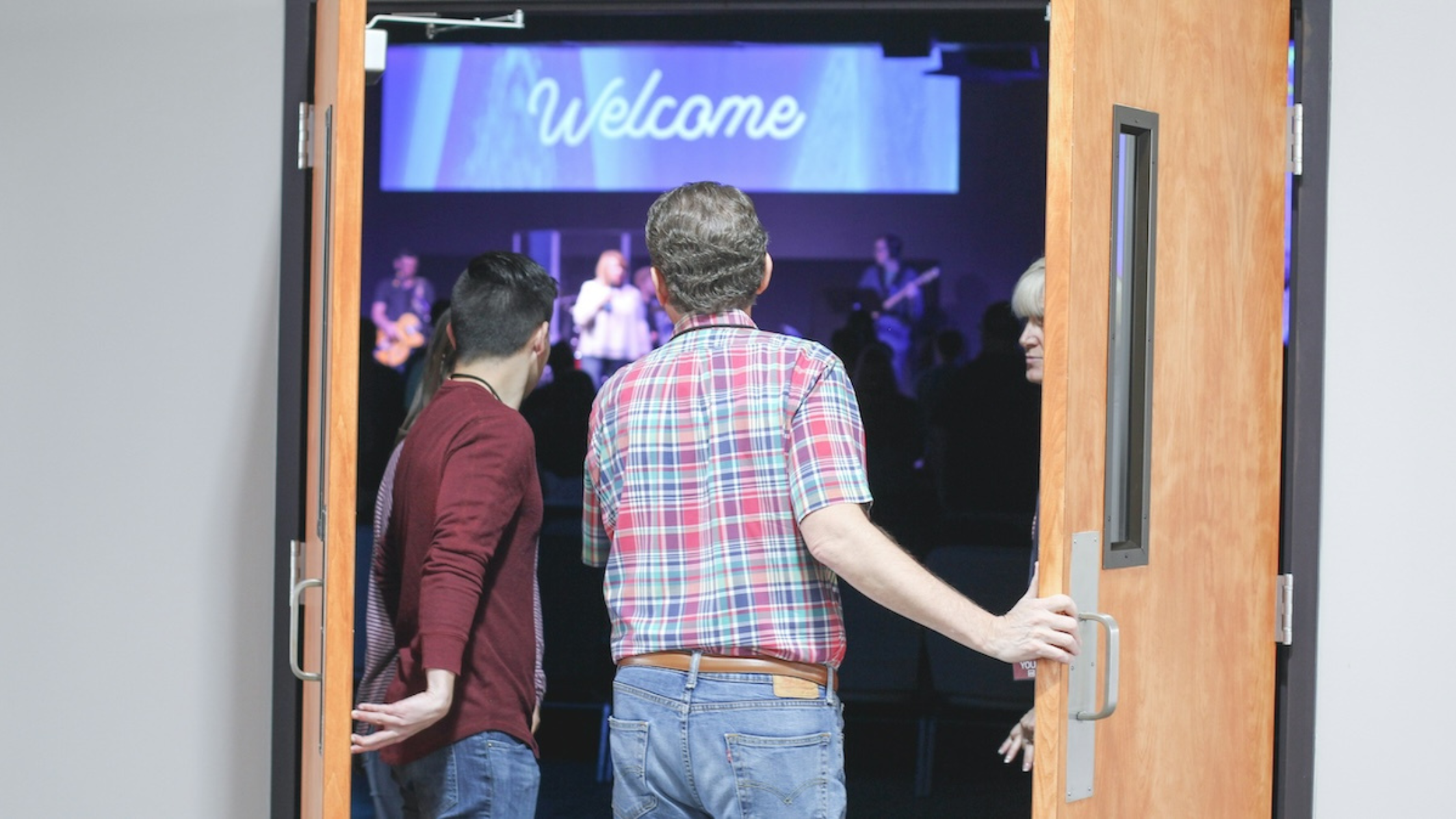I’ve been there. Maybe you have too. A discussion about a $100 expense swirls around the committee for thirty minutes. Someone believes they can save ten percent. You work hard to hold back the desire to slap a ten-dollar bill on the table.
When meetings turn sour, everyone gets agitated. These meetings keep you on the edge of your seat. But it’s more likely a church meeting will drone on. So how can these meetings be less of a snooze fest and more engaging and valuable?
No matter what your polity, every church will need meetings. Some are virtual. Some are in person. But it’s difficult to operate without some form of a meeting. There are formal meetings with committees, chairs, and Robert’s Rules of Order. Others are more informal with teams and gatekeepers. Regardless of the level of formality, every church will have groups of people who need to meet.
Not every meeting needs to begin with a 10-minute devotional. And nobody wants corn hole and ice breakers. What’s the balance between obligatory piety and church cheesiness?
Make your meetings future-oriented rather than reactive to past issues. Most meetings should be proactive, not reactive. Go back and review your previous agendas to see what drives the meeting. Are you using the time in a reactive way, responding to issues that have surfaced since the previous meeting? Is the agenda filled with what others have brought you or what you want to bring others? The most engaging and useful meetings are oriented toward the future. Meetings devolve when you use them to respond to things in the past.
Make your meetings about complex decisions, not simple ones. Easy decisions do not need to be collaborative. If there is only one option, then there is no reason to discuss it. Simple decisions can be made offline and should not require the gathering of the minds. Church meetings should be used for challenging decisions. Use the group setting to build support for the more complicated issues.
Make your meetings more action-oriented and less discussion-based. There are times to meet and talk, but a series of all-talk meetings wastes time. Do you use the meeting to delegate work, or do people leave with few action items? Some meetings need to be informative. But leaders should use these opportunities to assign critical tasks.
Make your meetings more about collaboration and less about debate. You can lose the room when meeting after meeting is a debate. The loudest voices tend to dominate debate meetings. Collaboration requires people to listen to each other. The more people listen, the more they are engaged with each other.
As you structure a meeting, consider what I’ll call the 10-30-10 Rule.
- Keep your meetings to a maximum of 50 minutes.
- Use the first 10 minutes to pray, catch up on personal items, and enjoy fellowship.
- Spend 30 minutes on getting the agenda items accomplished. Always send an agenda ahead of time and stick with it. When someone wants to veer away, keep them on task.
- The last 10 minutes should be spent on Q&A, reviewing assigned tasks, and ensuring everyone understands the path forward.
I was once held hostage in a meeting about official holidays for the church staff. The debate lasted for a couple of hours. Nobody could come to terms with what days in the year needed to be recognized by the church. Out of boredom, someone started reading the personnel manual. The recognized holidays were already there and approved by the previous committee.











